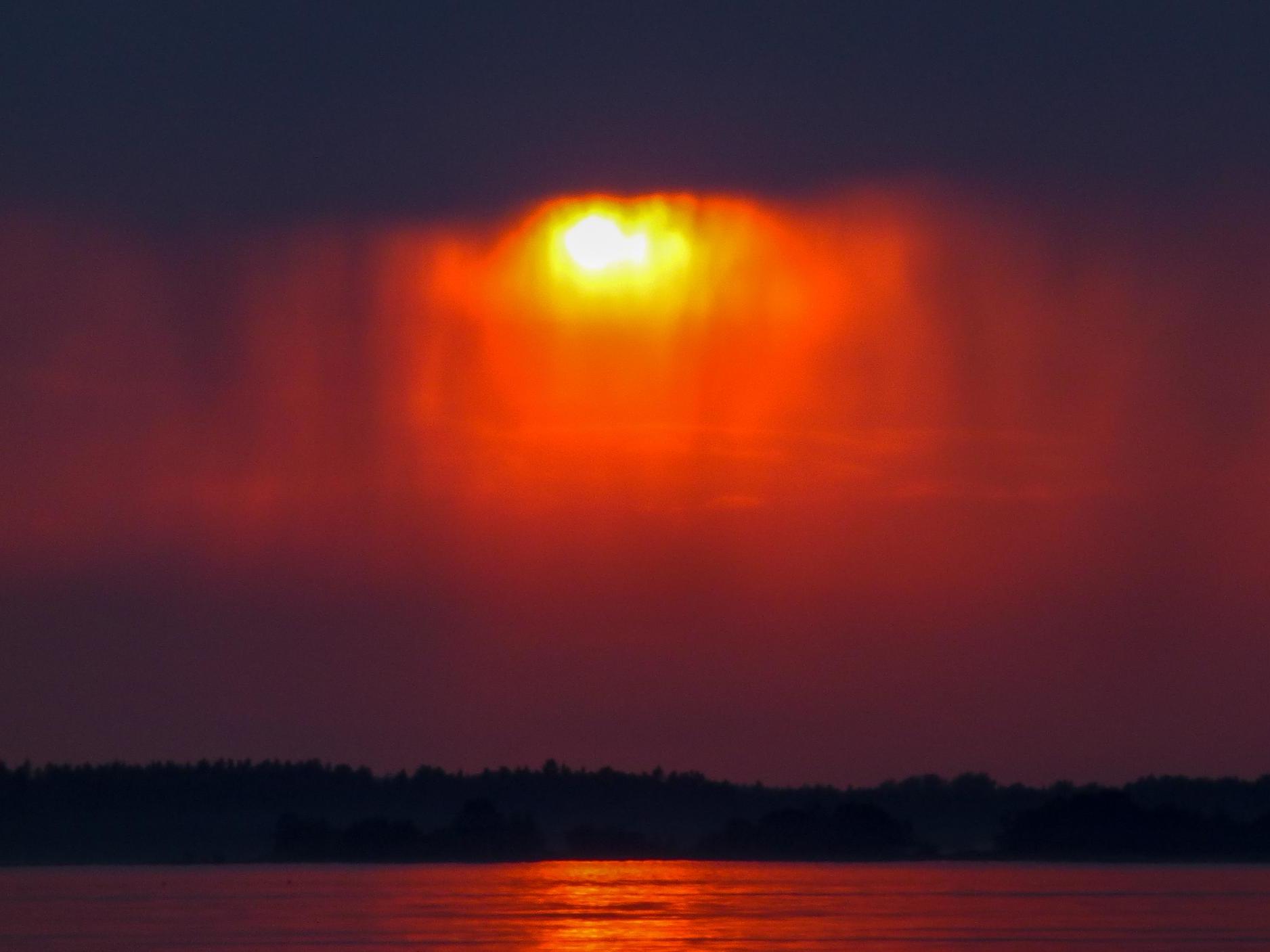What is 'blood rain'? The weather phenomenon expected to hit UK after winter wildfires
Not usually a good omen

Your support helps us to tell the story
From reproductive rights to climate change to Big Tech, The Independent is on the ground when the story is developing. Whether it's investigating the financials of Elon Musk's pro-Trump PAC or producing our latest documentary, 'The A Word', which shines a light on the American women fighting for reproductive rights, we know how important it is to parse out the facts from the messaging.
At such a critical moment in US history, we need reporters on the ground. Your donation allows us to keep sending journalists to speak to both sides of the story.
The Independent is trusted by Americans across the entire political spectrum. And unlike many other quality news outlets, we choose not to lock Americans out of our reporting and analysis with paywalls. We believe quality journalism should be available to everyone, paid for by those who can afford it.
Your support makes all the difference.Following the highest temperatures ever recorded in winter, complete with wildfires erupting across the country, Britain’s apocalyptic weather bender is apparently continuing with “blood rain” as we enter spring.
No, Slayer haven’t taken over the Met Office, and no actual blood will be bleeding from a “lacerated sky”, but one of the reasons for the intempestive hot weather is southern winds coming from Africa over the past fortnight.
As well as delivering warm air, the winds have whipped Saharan dust high into the sky, which can then tinge clouds red, make the rain itself turn red, and when it dries, leave an orange crusty deposit - not unlike dried blood.
On Thursday this meteorological mayhem was detected in satellite imagery moving towards remote parts of Scotland, Met Office forecaster Becky Mitchell told The Independent.
But despite some media reports of a “massive 500-mile wide Saharan sand cloud” set to bring blood rain to Britain, Ms Mitchell said the UK was highly unlikely to see blood rain proper.
“You could see some Saharan dust across Scotland earlier, but that was about it,” Ms Mitchell said.
“Blood rain doesn’t really happen in this country as such. It’s not necessarily a meteorological term either,” she said. “It’s mostly in other countries when you get red dust particles in the air, it can rain out and the rain can appear red. But we can get dust settling on cars and things like that. That’s really it.”
“It has come from the Sahara. The southerly winds from Africa picked up that dust and brought it further north.”
But the forecast is now for westerly winds to hit the UK which are expected to blow remaining dust further east.
Blood rain has been documented numerous times since ancient history, with the first mention of the phenomenon in Homer’s Iliad, in which Zeus causes blood rain to fall as an omen of a bloody battle.
In the 14th Century, a blood rain supposedly heralded the arrival of the black death in Germany.
By the late 18th century scientists began trying to work out the causes for blood rain, and attributed red-coloured rainfall to dust, spores or aurora affecting light conditions.
Join our commenting forum
Join thought-provoking conversations, follow other Independent readers and see their replies
Comments